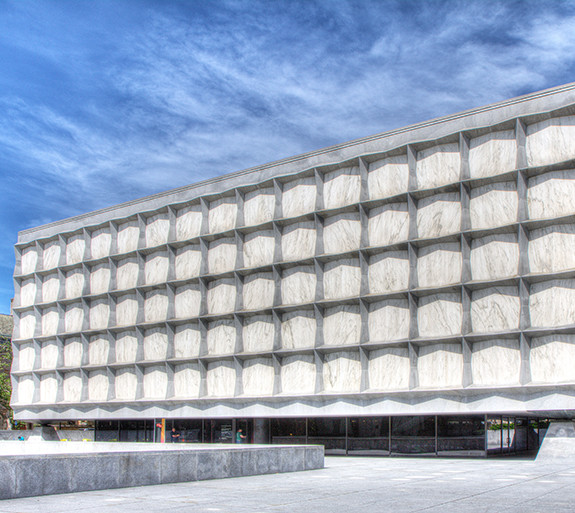Announcing new scholarship by H. D. Fellow Annette Debo: “Norman Holmes Pearson, Canon-Maker,” in Modernism/Modernity, Volume 23, Number 2, April 2016. More information: http://muse.jhu.edu/article/618768
Article Summary: Literary studies produce canons rather than kings, and from the appearance of the Oxford Anthology of American Literature in 1938 to his death in 1975, influential Yale professor Norman Holmes Pearson shaped the American canon through both his institutional influence and his gift for cultivating writers.Over the course of his long career, Pearson was on the Board of Chancellors of the Academy of American Poets from 1964 to 1975; he served on the boards of American Quarterly (1952–55) and American Literature (1957–60); he was a member of the original Smithsonian Council (1966–69); he chaired the Department of American Studies at Yale from 1957 to 1967; and he was the faculty advisor of the Yale Collection of American Literature from 1947 to 1975. Pearson was awarded two Guggenheim Fellowships (1948 Guggenheim Fellowships (1956) and wrote at least ninety-nine recommendations for others; he was in the American Literature Group of the Modern Language Association; he received regular invitations to National Book Award ceremonies; and he wrote entries for Encyclopedia Americana on American literature (a 16,000-word survey), H.D. (Hilda Doolittle), Nathaniel Hawthorne, and more. This merely partial list of Pearson’s myriad professional activities nonetheless demonstrates the central role he played in the advancement of American literature, a field whose prominence expanded exponentially during his lifetime. This essay will consider two aspects of Pearson’s career: his early involvement in editing the influential 1938 Oxford Anthology of American Literature, which both shaped and reflected Pearson’s sense of the canon—especially the field of modern poetry—and the way in which he harnessed Yale’s institutional influence to bring attention to writers he championed, such as Gertrude Stein, Marianne Moore, and H.D. As one of the architects of modernism, Pearson sought to shift critical attention from the American Renaissance to modernist writers; he increased the exposure of these three women writers in significant ways, thus opening their work to serious critical attention; and he participated in archival projects that provided crucial scholarly tools to the emerging feminist critics. A heterosexual, married man himself, Pearson validated female and queer writers, creating the foundation for the modernisms that began to flourish in the 1980s. As a canon-maker, Pearson positioned Stein, Moore, and H.D. as writers integral to modernism.
